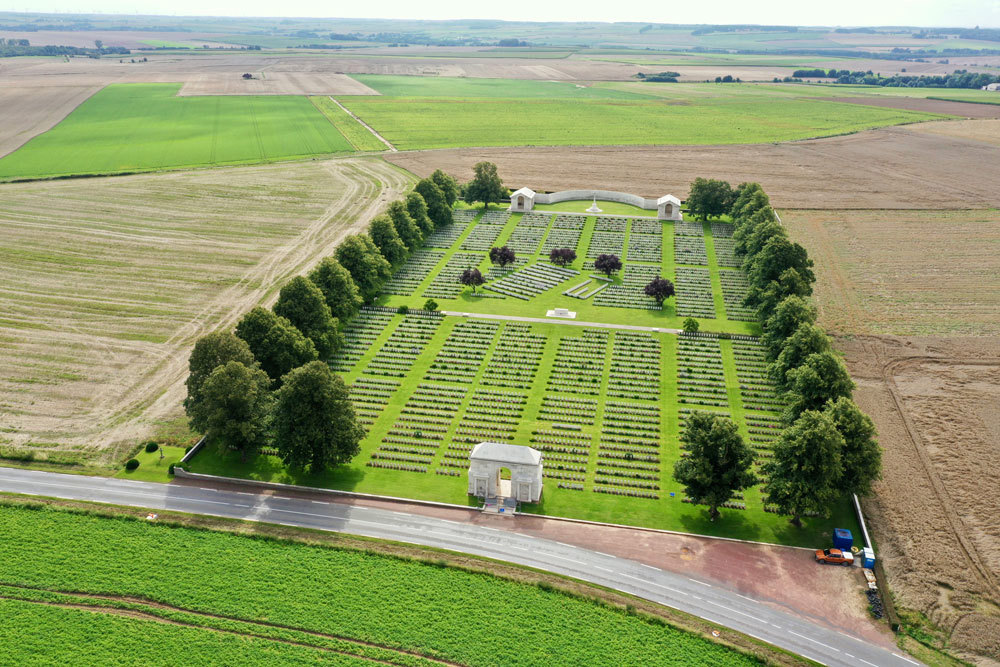23 August 2022
A Guide’s Guide to the Somme: Serre Road Cemetery No. 2
Next up in our series of pieces from our guides is a look at Serre Road Cemetery No.2. Learn the story of this war cemetery with CWGF Guide Chris Richards.
I think you should visit Serre No. 2 Cemetery
Serre Road Cemetery No.2 sits to the South of the D919, the main road between the villages of Mailly-Maillet and Serre itself.
It faces the British lines of the 1st of July 1916, next to what was one of the Battle of the Somme’s key objectives: a fortified German strongpoint known as “the Heidenkopf” or, due to its angular shape, “the Quadrilateral”.
The basis of the cemetery was constructed in May 1917 by men of the British V Corps. Soldiers were attempting to clear and bury the dead from the fighting from July to November 1916. By November, the Quadrilateral was finally captured by the allies but at a heavy cost.
Plots I and II make up the original cemetery. You can see the evidence of this as these plots are out of pattern with the rest of Serre No.2’s graves in the site. Both plots sit just beyond the Stone of Remembrance.
The remaining burials come from the post-war drive to uncover bodies from the surrounding battlefields to re-inter them in official Commonwealth War Graves Commission (CWGC) sites.
The cemetery wasn’t completed till 1934. It was designed by architects Sir Edwin Lutyens and N. A. Rew.
The story of Private Frederick William Andrews
One of the original burials at Serre No.2 is Private Frederick William Andrews of the 1/6th Battalion of the Royal Warwickshire Regiment.
Andrews came from the soot-stained streets of Ladywood, Birmingham, and was the son of Frederick (senior) and Elizabeth Andrews.
He lived with his older sister Florence, and Grandmother Maria. Until the outbreak of war, Frederick was learning the silversmith’s trade, probably with the intent of becoming a cutler.
Frederick volunteered in 1914, joining one of the new Kitchener Battalions of volunteer recruits, reaching France in May 1915.
On July 1st, 1916, the first day of the Battle of The Somme, Andrews and the rest of the 1/6th advanced at 7.40 am behind the 1/8th. The advance was unsuccessful, with the remaining men in both units withdrawing.
Frederick was reported missing in August 1916. In desperation to find her son, his mother sent photo cards of Frederick to officials, and even the Germans (in case he was a Prisoner of War).
Finally, in May 1917 his body was discovered near the road, and he is re-buried in the new Serre No. 2 with many of his comrades from that July day.
Frederick now rests in Plot II. Row C. Grave. 20 at Serre Road Cemetery No.2.

Image: Serre Road Cemetery No.2 from above.
Interesting Facts about Serre Road Cemetery No.2:
- There are 7,127 burials, of which 4,944 are sadly unidentified, making it one of the region’s largest CWGC cemeteries.
- Casualties from multiple nationalities interred here, including Australians, Canadians, New Zealanders, South Africans and 13 Germans (only one of whom is named).
- The youngest soldier in the cemetery was only 16 years old at the time of his death: Private Arthur MacDonald Purkiss of the Royal Welch Fusiliers. Arthur lost his who lost his life at Ginchy.
- The eldest is Drummer Harry Jukes of the Dorsets, killed near a German defensive position called the Leipzig Redoubt, aged 48.
- The cemetery is not far from the location where war poet Wilfred Owen got his inspiration for his work The Sentry.
My Connection to the Somme
 Image: CWGF Guide Chris Richards
Image: CWGF Guide Chris Richards
Though my background is in filmmaking, I have always been interested in the First World War. Seven of my relatives served, including my Great Grandfather.
On the Somme, you are truly among a key piece of world history, and that, and my general interest, inspired me to take up the guiding role with the CWGC.
Ensuring continued remembrance is also a driving factor. Though we grow ever further from the First World War, telling the stories of the dead is the way we keep the memory of them alive, even over a century after their sacrifices.
Learn more about our Guides
The CWGF Guides Programme is our way of giving young history enthusiasts the chance to get out in the field to discover and share the stories of our war dead.
They become the eyes and ears of the Commission and Foundation on the ground at key sites in France and Belgium.
Visit our Guides page to learn more.



